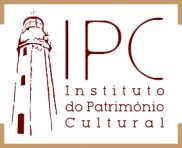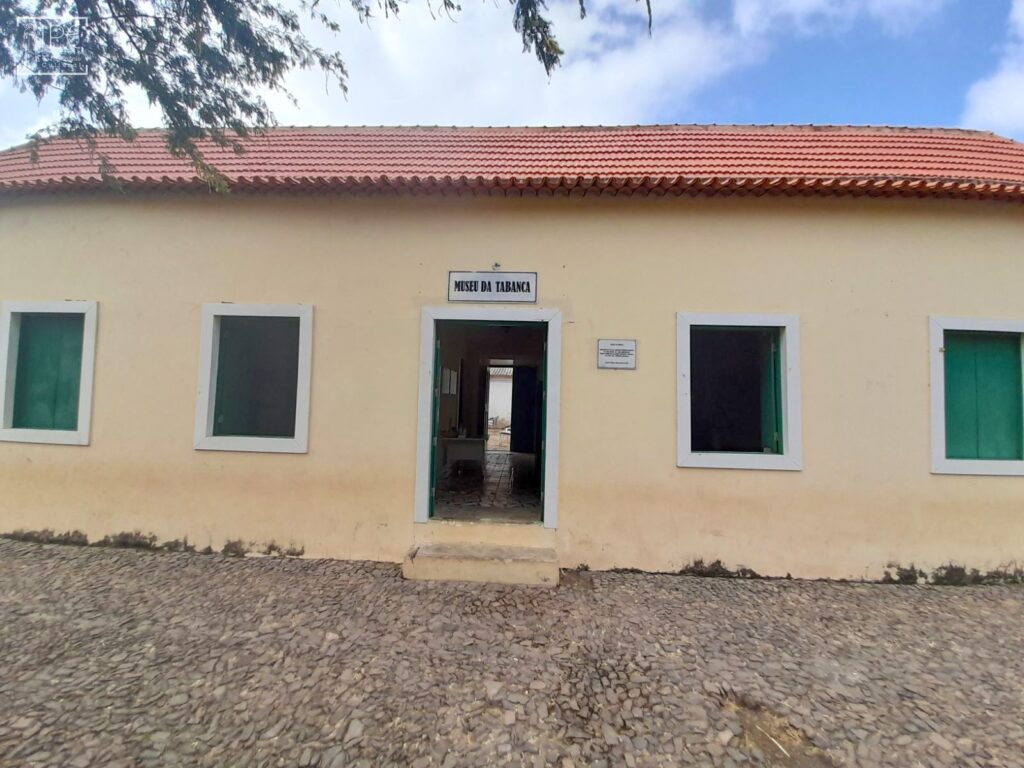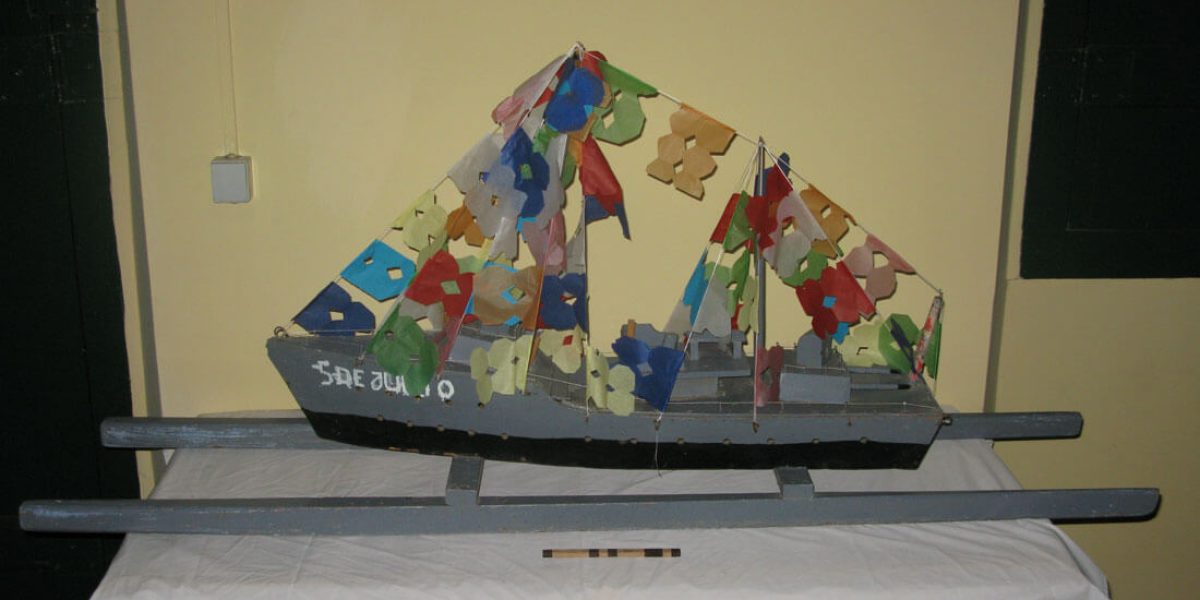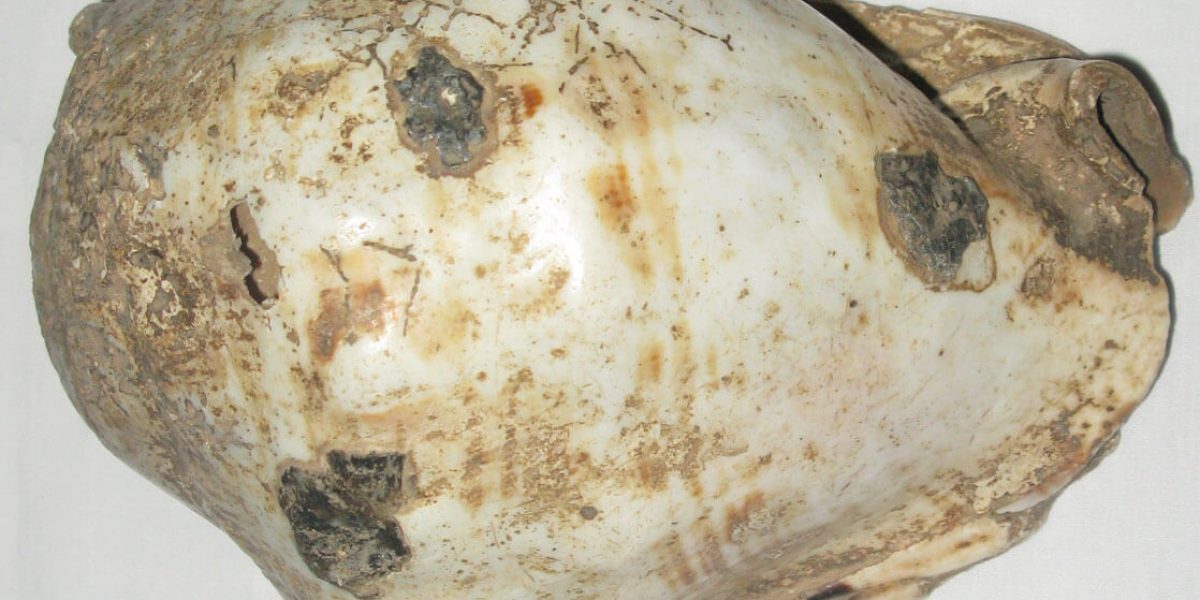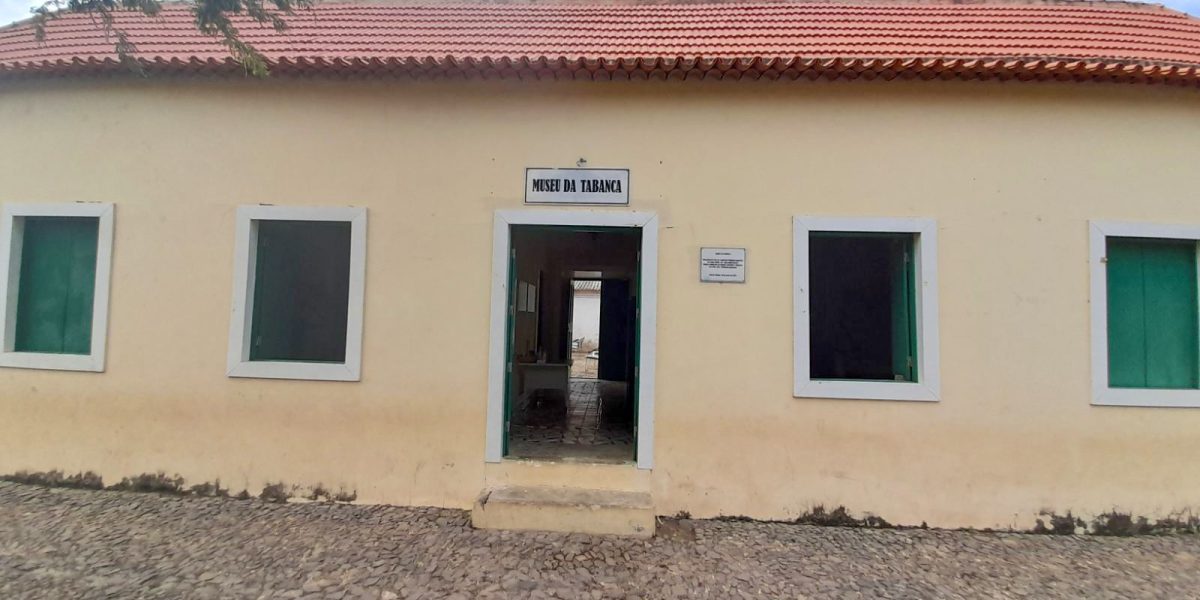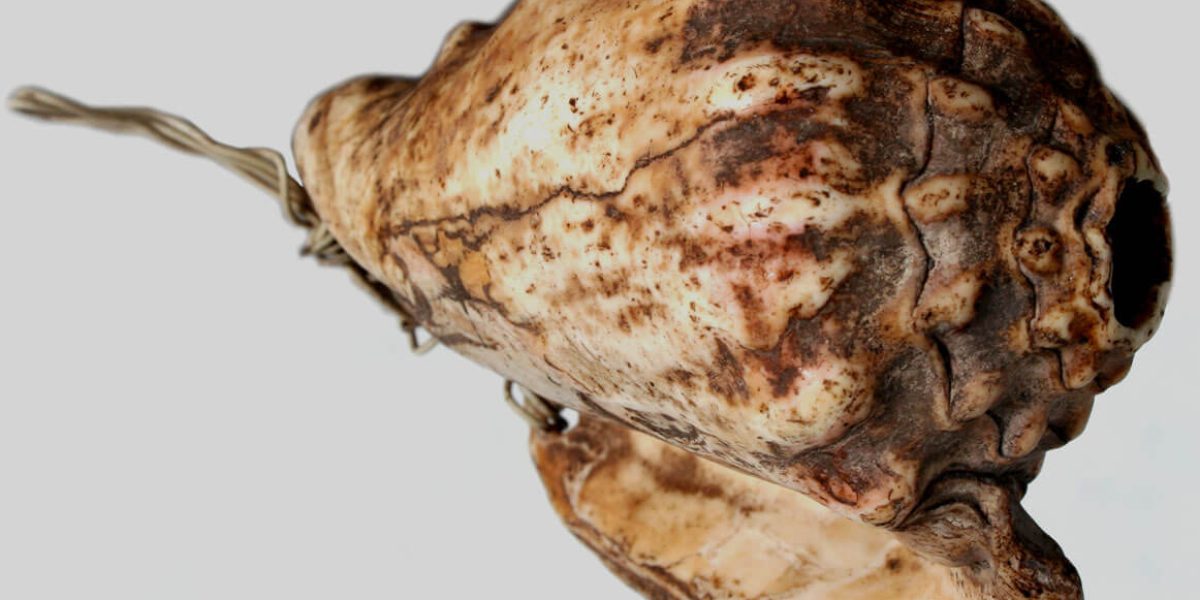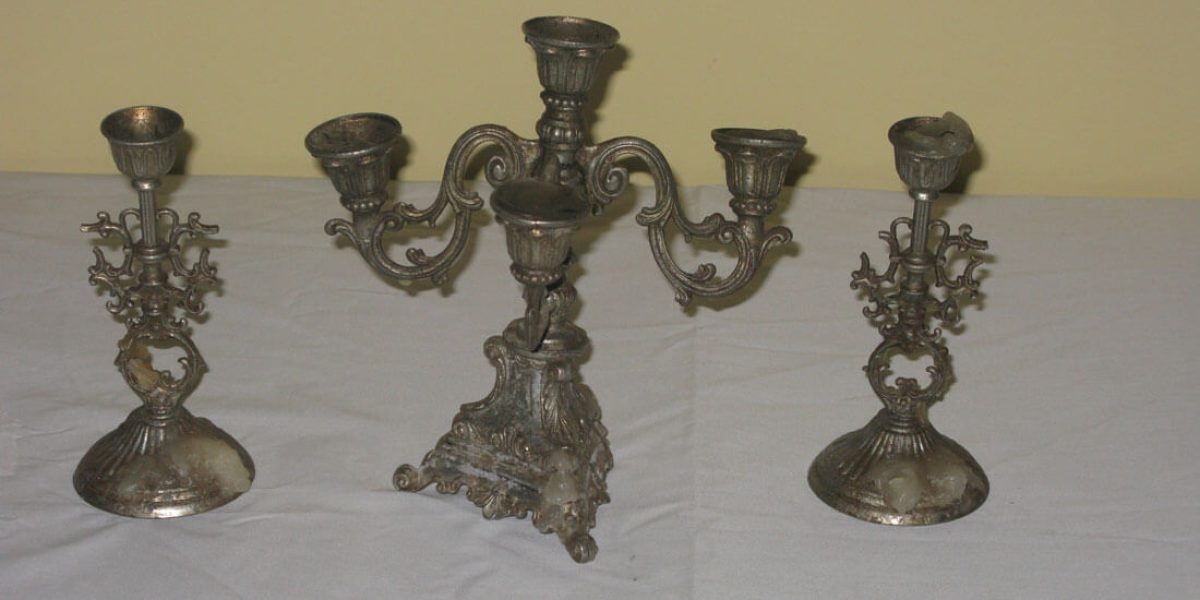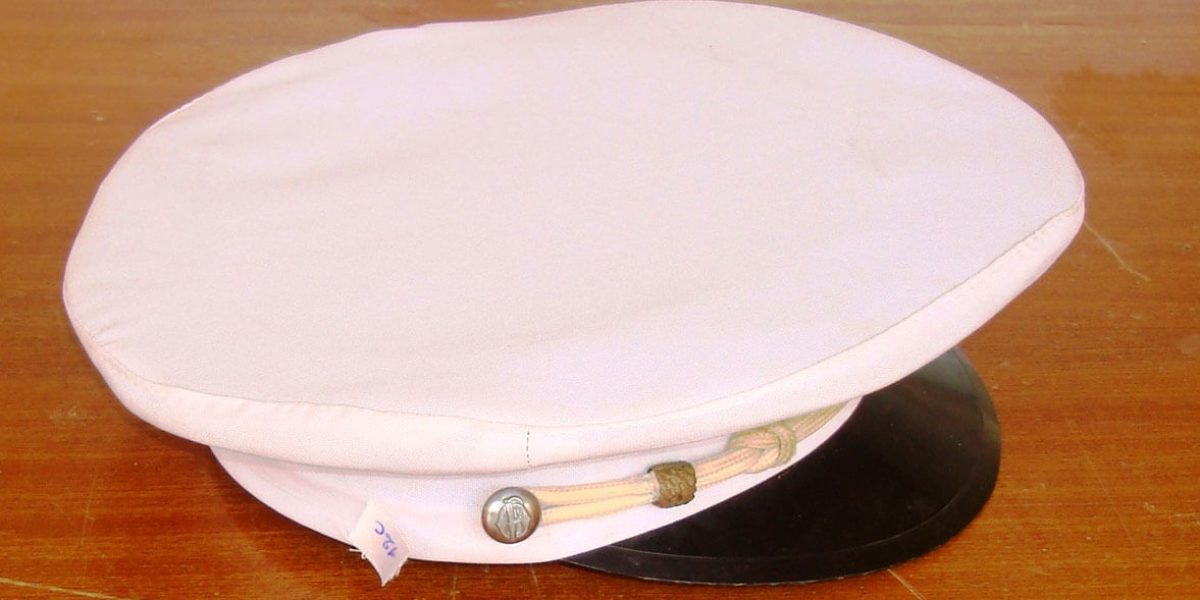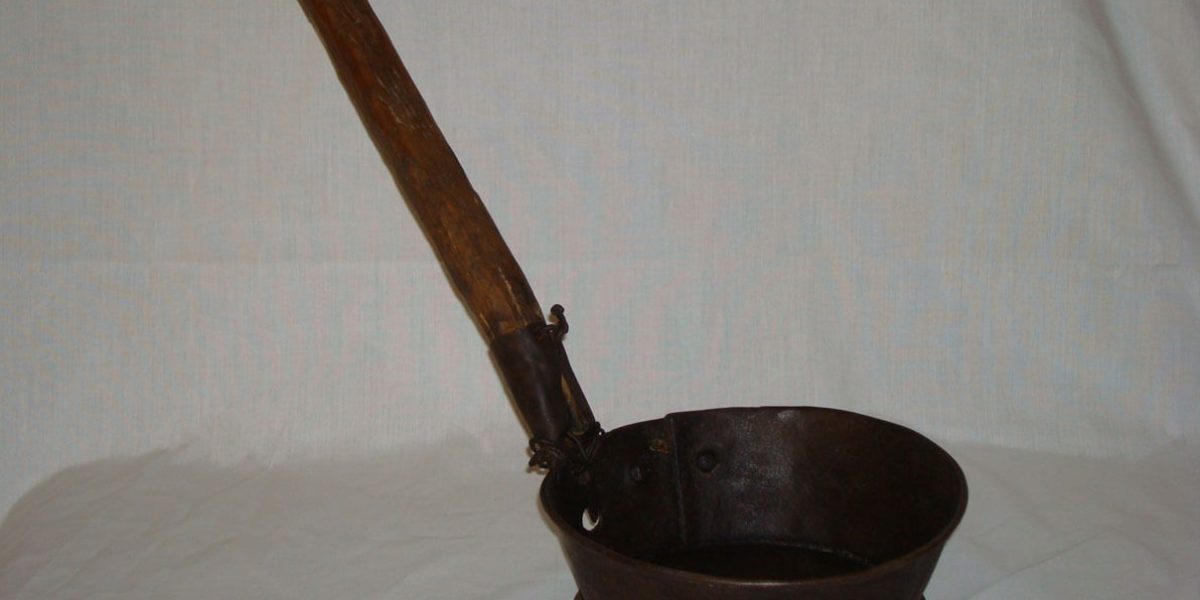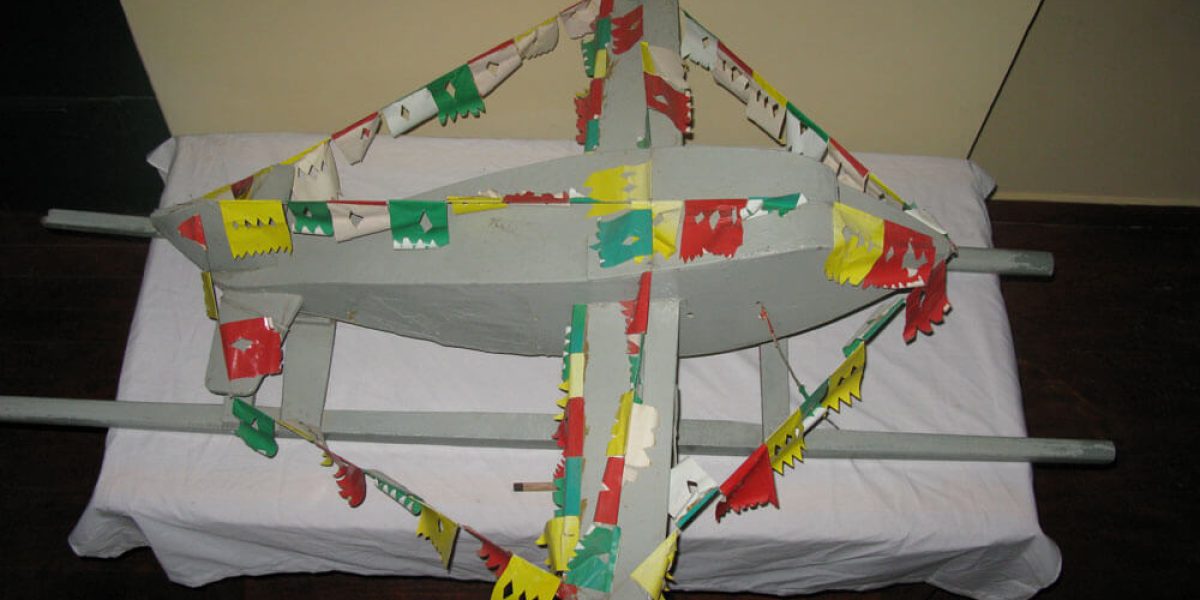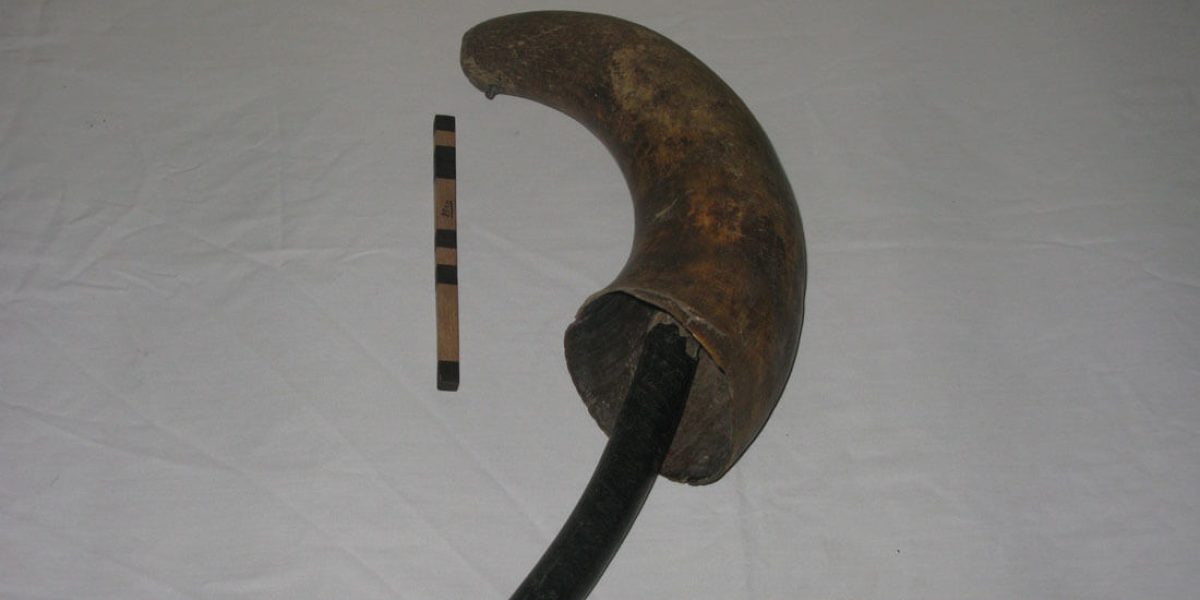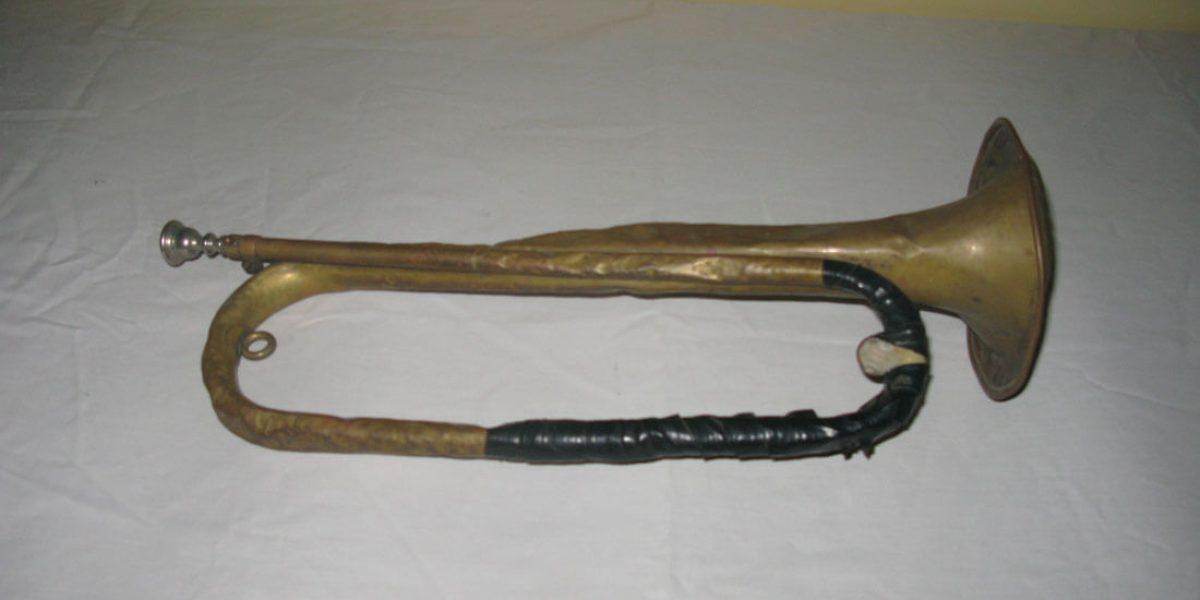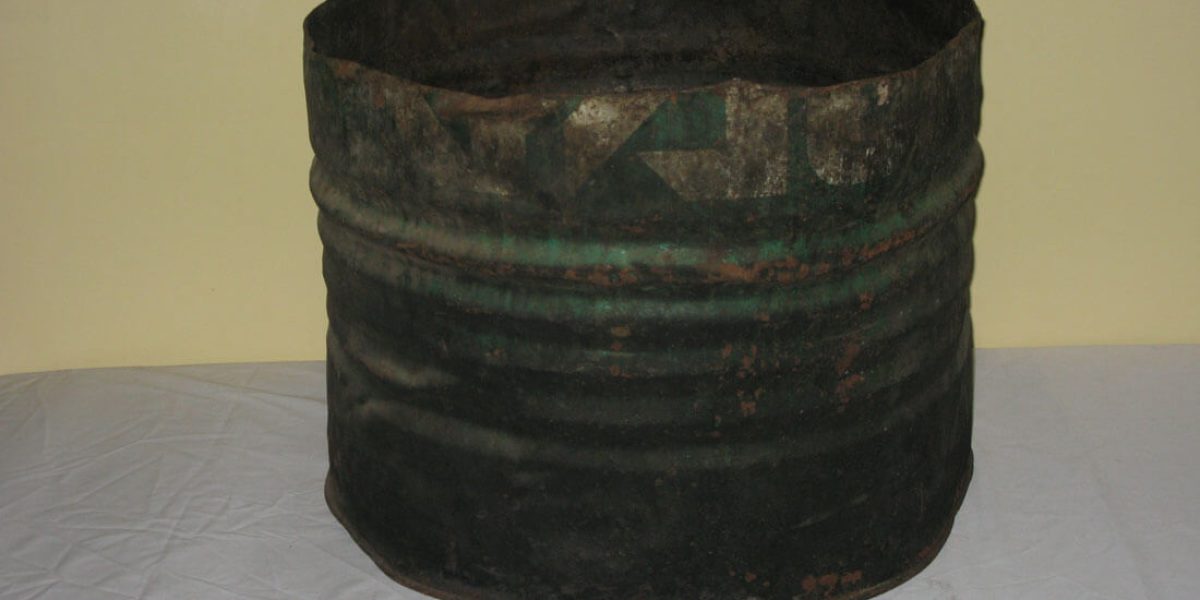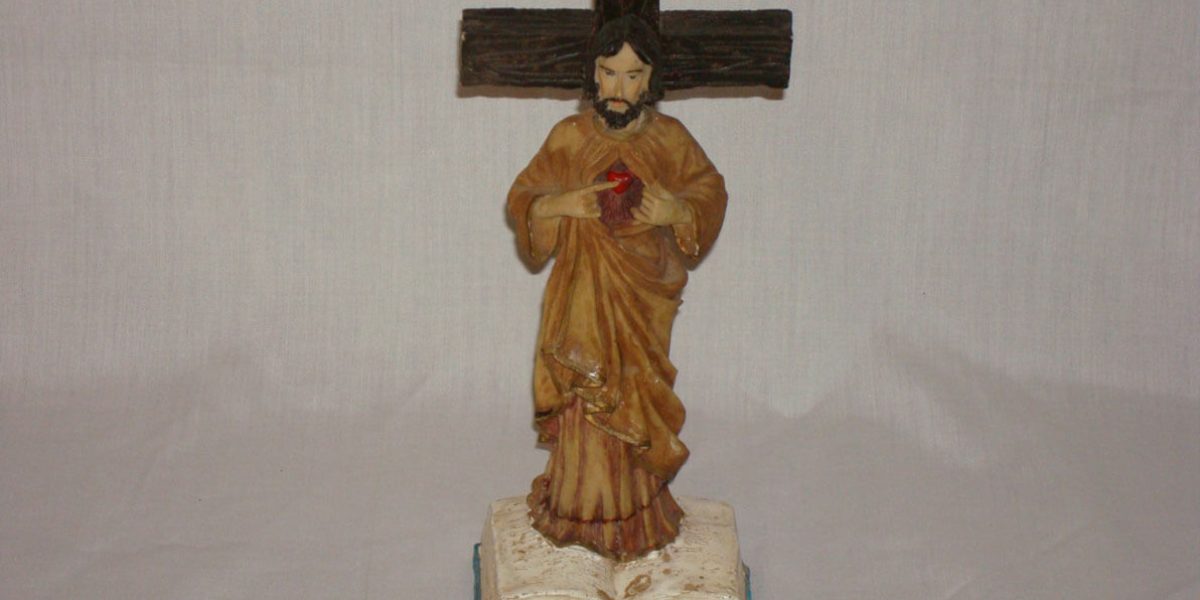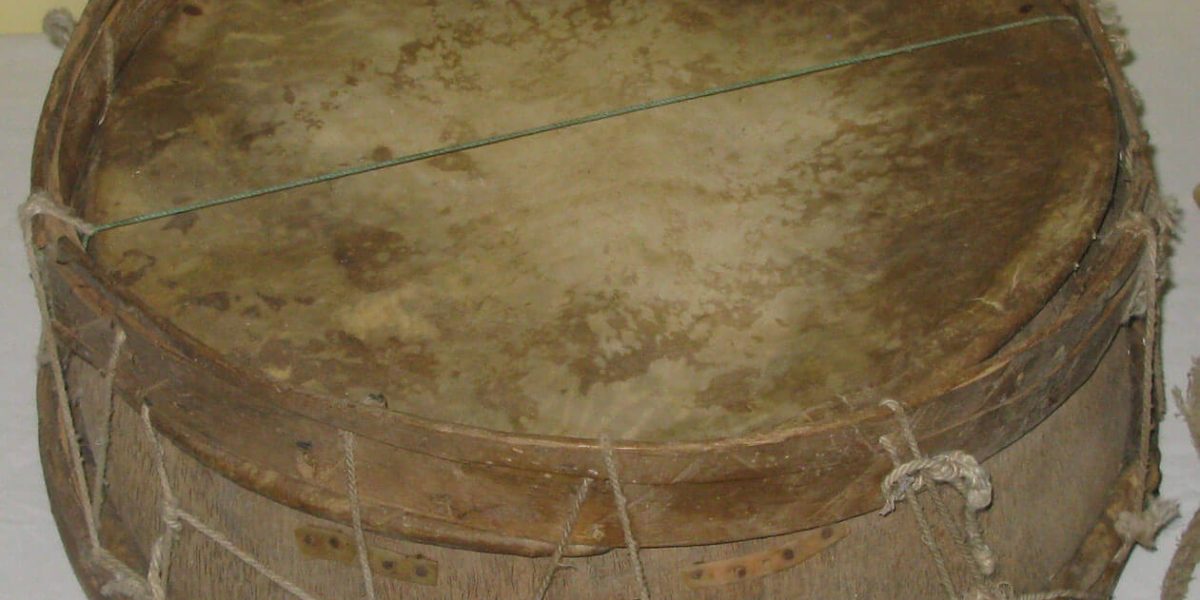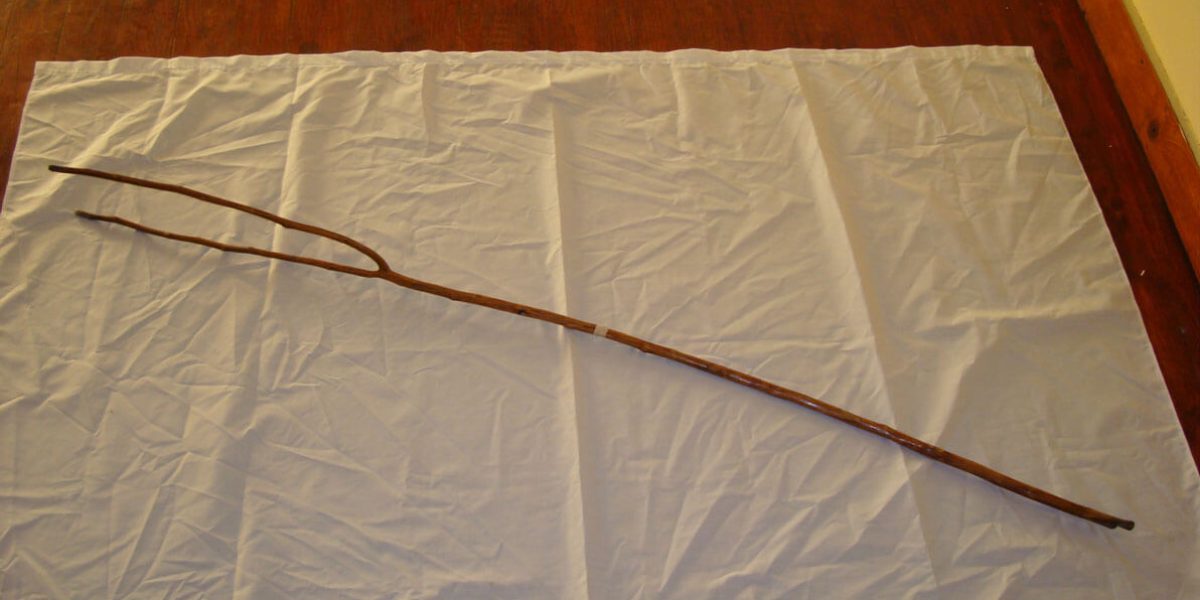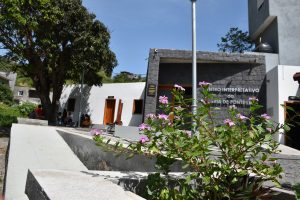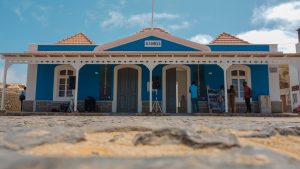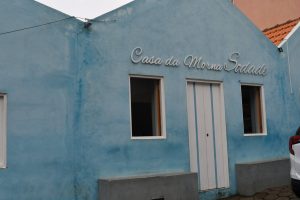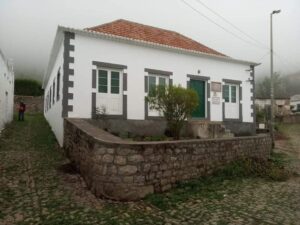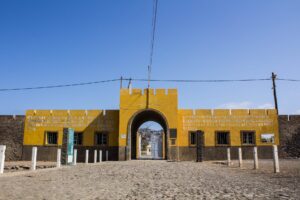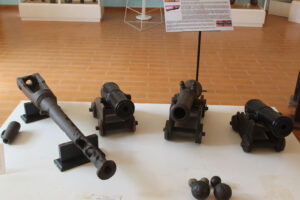Tabanca is a cultural, ancestral manifestation, practiced on the islands of Santiago and Maio, and which reflects the origin of Cabo Verdean culture – the miscegenation of European and African cultures.
As a result of an institutional effort to rescue and preserve this cultural expression, in danger of extinction at the time, the Cultural Centre / Museum of the Tabanca was created in February 2000 in Assomada City Centre.
In 2010 the Museum was transferred to the community of Chã de Tanque, where it is currently located, to honor the dynamics of this community in relation to the manifestation of the tabanca. The Museum's collection consists of objects collected by the team of the then National Institute of Culture, in the years 1993/94 and by the Institute of Cultural Research and Heritage, in 2006/07 and 2008 in different locations on the island of Santiago.
Saber MaisThe museum of Tabanca presents itself as a center of knowledge and interaction between the tabanca and the community and seeks through its collection to make known to all visitors the social and cultural dimension of this manifestation. All the actions of the museum are focused on the rescue, preservation and dissemination of the tabanca as a manifestation present in the Cabo Verdean cultural scene; supporting education and training of the population. Besides the visitor's delight, there is a cultural and didactic guidance directed to the student community and to all the tabanca community in the different localities.
The exhibition is permanent and the objects portray the sacred and profane ritual, musical instruments, costumes, allegorical objects, objects of the meal and batuque, that is, the most important moments of the tabanca celebration.
Since its opening in the town of Chã de Tanque, the Museum has a strong community vocation, widely supported by the community and fully assumes its educational component in its widest sense.
Ler menos